China’s financing and investment spread across 61 BRI countries in 2023 (up...
2024-02-27 31 英文报告下载
Then things changed dramatically. Negotiations blew up during a trip by Lighthizer and Treasury Secretary Steven Mnuchin to Beijing in May. Upon their return to the United States on May 5, Trump announced that he was increasing the tariff on List 3 products from 10 percent to 25 percent starting May 10. He also stated that he would “shortly” impose 25 percent tariffs on the remaining imports from China not yet covered by his tariffs. (The administration estimated that this tariff increase would cover roughly $300 billion of goods, which it referred to as List 4.) Tariff escalation resumed where it had left off in September 2018, continuing in fits and starts throughout the spring and summer and into the fall of 2019.
The US tariff increase on $200 billion of imports announced in May was ultimately followed by new tariffs of 15 percent on an additional $101 billion of imports from China on September 1. China retaliated each time (see figure 1). The ramping up of tariffs in 2019 was far from smooth and often recalibrated midstream. The May 5 announcement, for example, would later be amended so that anything “on the water”—having left a Chinese port—by May 9 could avoid the US tariff increase provided it arrived at an American port by June 1. The June 1 date itself was later changed to June 15. (Some firms thus likely accelerated exporting List 3 goods into the United States ultimately to beat the June 15 deadline.) A practical implication was that the same good leaving China on May 9 could face different US tariffs depending on the mode of shipment. A direct air shipment would not face the tariff increase, whereas a seaborn shipment could if it made lengthy stops, arriving in the United States after June 15.

标签: 英文报告下载
相关文章
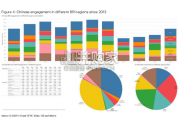
China’s financing and investment spread across 61 BRI countries in 2023 (up...
2024-02-27 31 英文报告下载
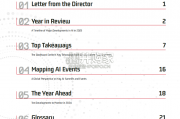
Though the risk of AI leading to catastrophe or human extinction had...
2024-02-26 52 英文报告下载
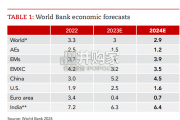
Focusing on the prospects for 2024, global growth is likely to come i...
2024-02-21 96 英文报告下载
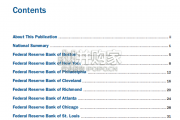
Economic activity declined slightly on average, employment was roughly flat...
2024-02-07 67 英文报告下载
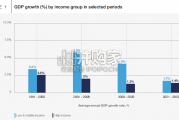
Economic growth can be defned as an increase in the quantity or quali...
2024-02-06 82 英文报告下载
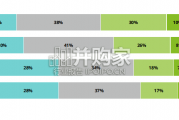
In this initial quarterly survey, 41% of leaders reported their organizatio...
2024-02-05 66 英文报告下载
最新留言